In the Common black locust it is a deciduous deciduous tree. The Robinia pseudoacacia, also for short Black locust, White locust, False acacia, Silver rain or Common pod thorn called, has its origin in North America. It was named after Jean Robin, a botanist and pharmacist who was commissioned to create a botanical garden and who brought the tree to Europe at the beginning of the 17th century.
Occurrence & cultivation of the common robinia

The Black locust is very adaptable and undemanding, prefers nutrient-poor loam and sandy soils and a relatively humid climate. It grows mainly in mixed deciduous forests. Today it is considered the most widespread foreign wood in Europe. It can also be found in West and East Asia and North Africa. In America it has also expanded its range. As a deciduous tree that is sensitive to the cold, it avoids the very cold north and high altitudes with heavy frosts.
Their robust properties also make it possible to green difficult locations, for example where there is a lot of industry. It even spread to rubble in Germany after the Second World War. However, it displaces Fake acaciaAs the common Robinia is also called, native species, so that there is a reduction in the biodiversity of fauna and flora. Rare biotopes such as grasslands or dry sand grasslands are threatened. As part of nature conservation, the stocks are therefore contained in some locations.
Effect & application
Robinias are not only popular as ornamental trees to beautify the landscape, but also as urban trees for avenues, as they do not resent soil and air pollution such as car exhaust fumes, road salt, smoke and dust. Their hard wood, which even surpasses oak in terms of durability, is valued in shipbuilding and furniture construction. Threshold and pit timber, gymnastic equipment and parquet floors are also made from it. It was used to support the tunnels in mining.
Despite its hardness, robinia wood is very flexible and is therefore preferred for making bows. Its great resistance to wood rot and water makes the robinia the ideal wood for garden furniture. Especially since the material does not require chemical impregnation when used outdoors. This is why the robinia tree is gaining in importance as a substitute for precious tropical woods. It offers a qualitatively equivalent, but cheaper substitute for teak, for example.
Robinia pseudoacacia plays an important role as a so-called bee forage plant, also known as bee pasture plant. The locust blossoms provide a very sugary nectar in early summer and are preferred by honey bees. The honey obtained from black locust comes on the market as acacia honey, although it should correctly be called black locust honey. Real acacia honey comes from tropical and subtropical regions.
In contrast to other types of honey, robinia honey is very liquid and has a light yellow color. Its mild taste makes it the ideal sweetener for tea and baked goods. Robinias are used intensively as beekeeping plants in Hungary and France. In Germany, acacia honey is produced in Brandenburg, where it accounts for up to 60 percent of the harvest in high-yielding years.
Importance for health, treatment & prevention
As beautiful as the common robinia is, the entire plant is poisonous for humans and animals, especially for horses it can be deadly. The flattened legumes and tree bark are very toxic. Toxic substances in tree bark include Robinia Lectin, Phasin, Syringin and Protocatechin. Acacetin, asparagine, kaempferol and indican are found in the leaves. The seeds contain lectins. Robinia lectin and phasin in particular are extremely dangerous because they lead to clumping of red blood cells and destroy tissue.
The ingredients are present in higher concentrations in the tree bark, so horses that like to nibble on tree bark are particularly at risk. The greater danger to humans, especially children, lies with the seeds. Four of them can cause symptoms of poisoning in the form of nausea, nausea and abdominal pain. Robinia pollen is also one of the hay fever pathogens. As a pure natural medicinal plant, the robinia has hardly any weight, at least in Europe. A tea made from fresh or dried flowers is drunk against headaches, stomach aches and nausea.
An ointment made from flowers mixed with sheep fat makes rough and dry skin supple again. Homeopathy, on the other hand, knows Robinia pseudoacacia well and uses the bark of young twigs against digestive disorders and all complaints related to the digestive tract. These include liver problems, colic, bloating, heartburn, diarrhea, constipation, hyperacidity or reflux.
But migraines and gastrointestinal ulcers are also on the list of indications. In ethnomedicine, especially among the American Indians, where the black locust is native, the black locust still plays an important role. Parts of the tree are used to lower fever, as a sedative, for spastic ailments and for discharge.
The root is chewed as an emetic and is simply kept in the mouth for toothache. The flowers are boiled and eaten against eye problems. Fresh leaf juice is said to have an antiviral effect both internally and externally. The Italian ethnomedicine uses the robinia against bronchial ailments with a brew of dried fruits.

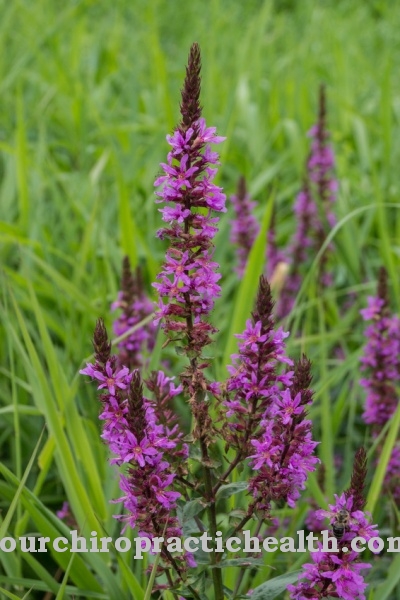

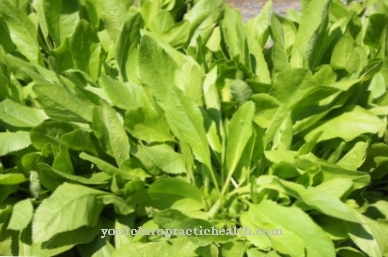
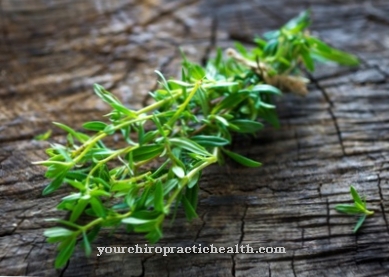
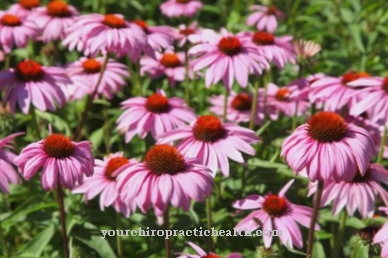
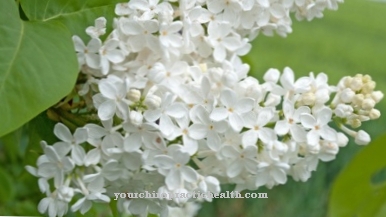

















.jpg)



